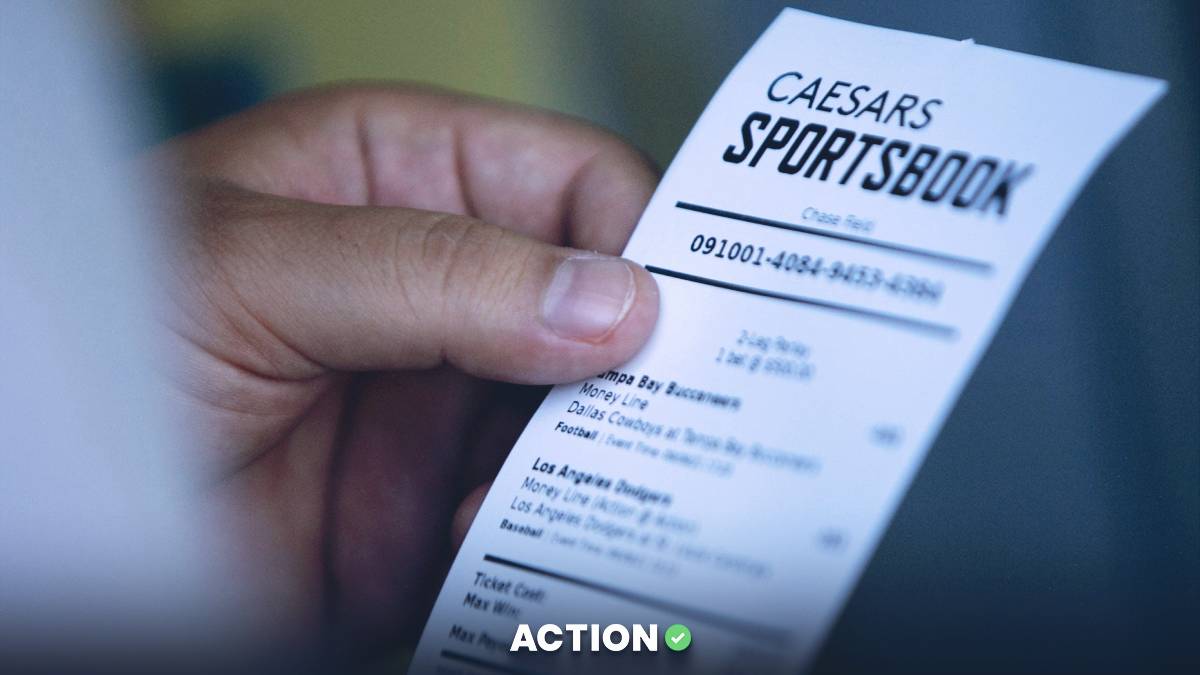The number of people visiting casinos in the U.S. continues to decrease.
That's the conclusion presented in a recent investor note from Jefferies Equity Research analyst David Katz. He highlighted a drop in foot traffic at U.S. casinos.
According to the data from July 2025, there was a 9.9% decrease in visitor numbers compared to the previous year, and a notable 19.9% fall from pre-pandemic levels in 2019.
The decline in foot traffic isn't an isolated incident, but rather part of a broader trend that has been evident in recent years. Although fewer people are visiting casinos since 2019, those who do are spending slightly more per visit.
Regional Foot Traffic Insights

Different U.S. regions are experiencing varying levels of decline in casino foot traffic. Here's a breakdown of the data:
- Atlantic City, New Jersey: Foot traffic dropped by 8.5% compared to 2024 and remains 19.5% below 2019 levels. This is despite a recent revenue surge in May.
- Illinois: A reduction of 13.1% since 2019, with a 2% decrease from June 2024.
- Detroit, Michigan: Saw a 7.8% decrease year-over-year, now down 33.5% from 2019.
- Ohio: A slight 0.5% decrease from June 2024 and 1.1% below 2019. But has experienced a bit of a resurgence this year.
- Kentucky: Visitation dipped by 4.2%, with new casino openings skewing the figures.
While these regions face declines, others like Pennsylvania and Colorado's Black Hawk market report increases, indicating some variability based on local factors.
The data is based on sensor technology and people counting systems used at casino entrances to track visitor inflows and patterns, providing live data for analysis and operational optimization.
These systems range from infrared sensors to thermal imaging and video cameras, providing live data on visitor inflows and outflows. This data allows casinos to analyze peak hours and visitor patterns, optimizing operations accordingly.
Potential Stabilization in 2025
So, while U.S. casinos face continued challenges in visitor numbers, efforts to analyze and adapt to these trends could pave the way for more stable times ahead.









